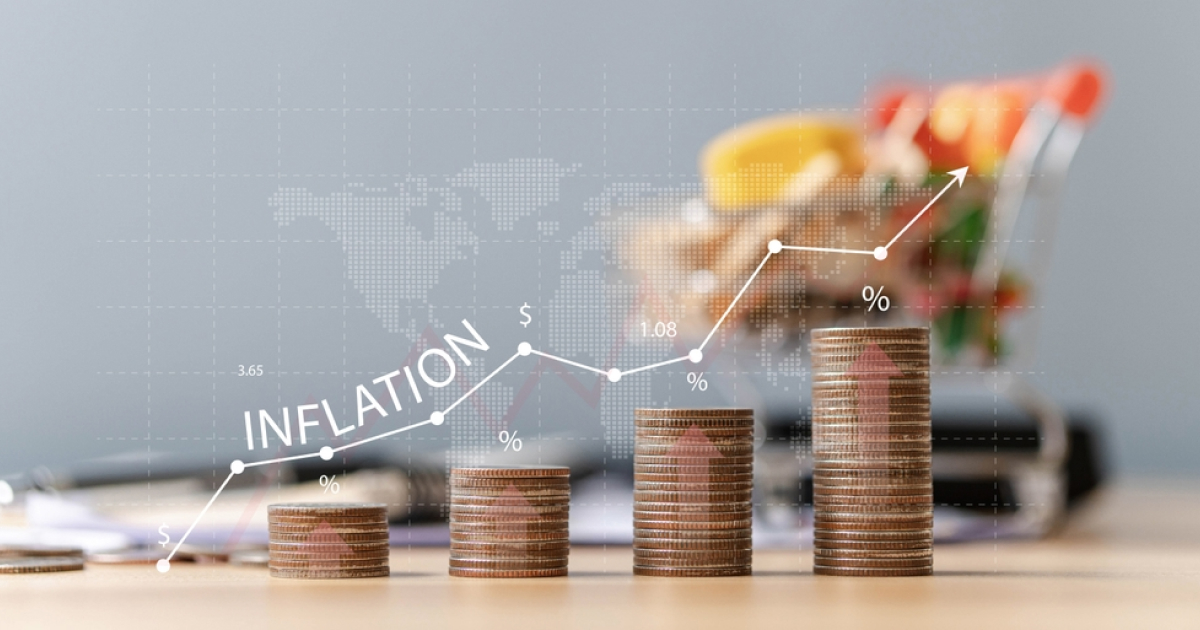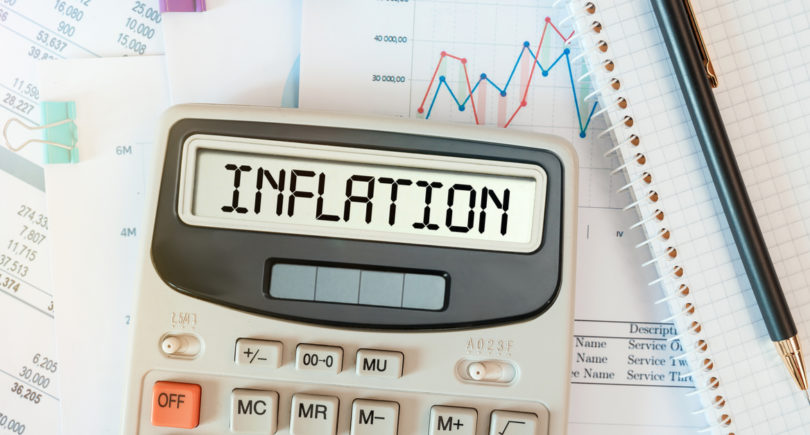
News Global Market EU 2419 03 June 2025
Energy prices decreased by 3.6% over the month
Inflation in the euro area in May 2025 increased by 1.9% compared to the same month in 2024. Thus, the indicator slowed the growth rate after +2.2% in April. This is evidenced by preliminary data from Eurostat.
The analysts’ consensus forecast, cited by Trading Economics, predicted a +2% figure.
Core inflation, which excludes energy and food costs, rose by 2.3% in May compared to 2.7% in April. Energy prices decreased by 3.6% (-3.6% in April).
During the month, the member states with the highest annual inflation rates were Estonia (+4.6%), Croatia, and Slovakia (+4.3% each). The lowest rates were recorded in France (+0.6%), Cyprus (+0.4%), and Portugal (+1.7%). In Germany, consumer prices rose by 2.1%, and in Italy by 1.9%.
The European Central Bank continues to pursue its monetary stimulus policy. In mid-April, the ECB cut all three key interest rates by 25 basis points for the third time since the beginning of the year. The base deposit rate is 2.25%, the main refinancing rate is 2.4%, and the margin loan rate is 2.65%.
According to Eurostat’s preliminary estimates, the EU’s GDP in 2024 grew by 0.8% compared to 2023. In the euro area, this figure increased by 0.7% y/y. In the fourth quarter, seasonally adjusted EU GDP grew by 0.1% compared to the previous quarter, and by 1.1% compared to the same period in 2023. In the euro area, the figure remained at the level of the third quarter and grew by 0.9% y/y.




